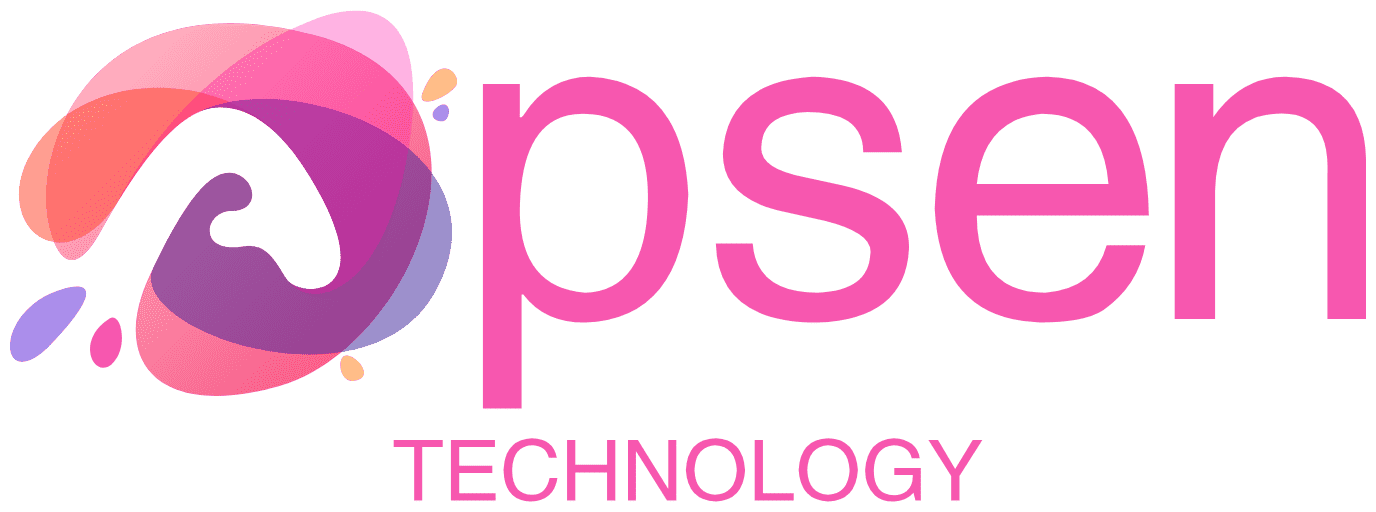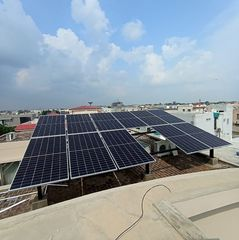Lithium iron phosphate batteries are a common type of lithium-ion battery used in a wide variety of applications, including RVs, solar power, and electric wheelchairs.
Lithium iron phosphate batteries have some advantages that make them one of the options to replace traditional lead-acid batteries. Here are some of the features and advantages associated with lithium iron phosphate batteries:
High safety: Compared with other lithium-ion battery types, Lithium Iron Phosphate Solar Cell have higher safety performance. They are more stable in high temperature environments and are less prone to thermal runaway, explosion or fire.
Long cycle life: Lithium iron phosphate batteries have a long cycle life and can usually perform thousands of charge and discharge cycles. In contrast, lead-acid batteries have a short cycle life.
High discharge power: Lithium iron phosphate battery has high discharge power capability and is suitable for application scenarios that require short-term high power output.
Stable discharge characteristics: The voltage of lithium iron phosphate batteries is stable, and as the charge is exhausted, the voltage changes little, which makes it perform well in some devices that require stable voltage output.
Environmentally friendly and sustainable: Compared with traditional lead-acid batteries, lithium iron phosphate batteries do not contain heavy metals and toxic substances, have less impact on the environment, and can be recycled.
Working principle of lithium iron phosphate battery
Lithium iron phosphate battery is a battery that stores and releases energy based on the electrochemical reaction of lithium ions migrating between positive and negative electrodes. The following is a brief description of the working principle of lithium iron phosphate batteries:
Positive reaction:
In the positive electrode of lithium iron phosphate batteries, lithium iron phosphate (LiFePO4) is usually used as the active material. During the charging process, lithium ions are detached from the electrolyte, pass through the conductive channels of the electrolyte and the separator, and are inserted into the structure of the positive active material. This process involves the oxidation of lithium ions.
Negative reaction:
In the negative electrode of lithium iron phosphate battery, graphite is usually used as the active material. During charging, lithium ions are released from the positive electrode, migrate through the conductive channels of the electrolyte and separator, and migrate into the structure of the negative electrode active material. This process involves the reduction reaction of lithium ions.
Migration of lithium ions:
During charge and discharge, lithium ions migrate between the positive and negative electrodes through ionic conduction in the electrolyte. Electrolytes are usually a combination of organic solvents and salts. Lithium ions migrate from the positive electrode to the negative electrode during charging, and from the negative electrode to the positive electrode during discharging.
Electron flow:
During charge and discharge, electrons flow in the external circuit, from the positive terminal, through the load, and then back to the negative terminal. This flow of electrons creates an electric current, which is used to supply external devices.
Through the above process, the lithium iron phosphate battery realizes the cyclic migration of lithium ions and the flow of electrons, thereby converting electrical energy into chemical energy storage, or releasing chemical energy into electrical energy to supply external devices. This working principle makes the lithium iron phosphate battery a reliable and efficient energy storage and release device.
Compared with other lithium-ion batteries, lithium iron phosphate batteries have the following advantages:
High safety: Compared with other lithium-ion battery types, such as lithium cobalt oxide batteries, lithium iron phosphate batteries have higher safety. They are more stable under high temperature, overcharge, short circuit, etc., less prone to thermal runaway, explosion or fire.
Long cycle life: Lithium iron phosphate batteries usually have a long cycle life. They can perform thousands of charge-discharge cycles, which is superior to other lithium-ion battery types, such as lithium cobalt oxide batteries, in terms of cycle life.
Good high temperature resistance: lithium iron phosphate batteries have better performance in high temperature environments, and can better maintain stable battery performance. This makes lithium iron phosphate batteries suitable for some high-temperature working environments, such as power battery systems in electric vehicles.
Low self-discharge rate: Lithium iron phosphate batteries have a low self-discharge rate, that is, their charge is relatively well maintained when not in use. This means that even if it is not used for a long time, the lithium iron phosphate battery can still maintain a high state of charge, reducing energy loss.
Environmentally friendly and sustainable: Compared with other lithium-ion battery types, such as lithium cobalt oxide batteries, lithium iron phosphate batteries do not contain heavy metals and toxic substances, and have less impact on the environment. At the same time, the material composition of lithium iron phosphate batteries makes them easier to recycle and reuse.
In summary, lithium iron phosphate batteries have the advantages of high safety, long cycle life, good high temperature performance, low self-discharge rate, and environmental protection and sustainability, making them one of the types of lithium-ion batteries widely used in various fields .
Lithium Iron Phosphate Battery Energy Efficiency
Lithium iron phosphate battery is a type of lithium ion battery that uses lithium iron phosphate (LiFePO4) as the cathode material. The following is an introduction to lithium iron phosphate batteries and a description of energy efficiency:
Lithium iron phosphate battery is a high-performance lithium-ion battery with many advantages. They are widely used in electric vehicles, hybrid vehicles, electric bicycles, solar energy storage systems, household energy storage systems and other fields.
The energy efficiency of lithium iron phosphate batteries refers to the conversion efficiency of energy during charging and discharging. During charging, electrical energy is converted into chemical energy and stored in the battery, while during discharging, chemical energy is converted into electrical energy for use by external devices. Energy efficiency refers to the ratio between the energy lost in this energy conversion process and the input/output energy.
Lithium Iron Phosphate Solar Cell usually have high energy efficiency, close to more than 90%. This means that relatively little energy is lost during charging and discharging. High energy efficiency enables lithium iron phosphate batteries to more efficiently convert and utilize electrical energy, providing longer mileage or power supply time.
The high energy efficiency of Lithium Iron Phosphate Solar Cell is related to its material properties and battery design. Lithium iron phosphate has high electrochemical stability and electrical conductivity, which can realize efficient lithium ion intercalation/deintercalation process. In addition, the optimization of the battery’s internal structure and electrolyte system also contributes to energy efficiency.
It should be noted that actual energy efficiency may be affected by several factors such as charge/discharge rate, temperature, battery state of health, etc. In practical applications, proper charge-discharge control and temperature management can further improve the energy efficiency of LiFePO4 batteries.
In conclusion, lithium iron phosphate battery, as a high-performance lithium-ion battery, usually has high energy efficiency, can efficiently convert and utilize electric energy, and provide reliable power supply for various applications.


